Last Updated on October 30, 2025 by Michelle
When I started milling my own flour, it was for the taste, nutrition, and to save money.
But I quickly realized another amazing reason I love owning a grain mill is because of the variety of things I can turn into flour. Alternative grains then entered the picture.
I quickly started learning all about alternative grains and the amazing nutrition they can provide. Not to mention if you or some of your family members can’t eat gluten, alternative grains just might be a lifesaver for you.
Why use alternative grains?
Nobody in my family is gluten free. Yet, I find myself with a nice stock of all sorts of alternative grains that I routinely mill into flour. Why, you ask?
- Because they’re nutritious. Yep. By now most people who have followed me for a while aren’t surprised to hear me talk–yet again–about how nutritious fresh milled flour is. And if I have a chance to add more delicious and nutritious variety into my diet, why would I say no?
- For variety. Yeah, I know. If you’re like me, you already have tons of “variety” filling buckets upon buckets in your basement. Do we really need more variety? Maybe not, but it sure is fun to mill new grains all the time and know I have so many interesting and full-flavored grains at my disposal.
- Because they’re gluten free. I’m not gluten free, and nobody in my immediate family is gluten free. However, I love knowing that if a friend comes over who doesn’t tolerate gluten I can whip up tasty snacks for them at a moment’s notice.
- They’re more sustainable. Who knew? Alternative grains like millet, quinoa, sorghum and others can take less water, fertilizer and other resources to grow, which is better for the soil.
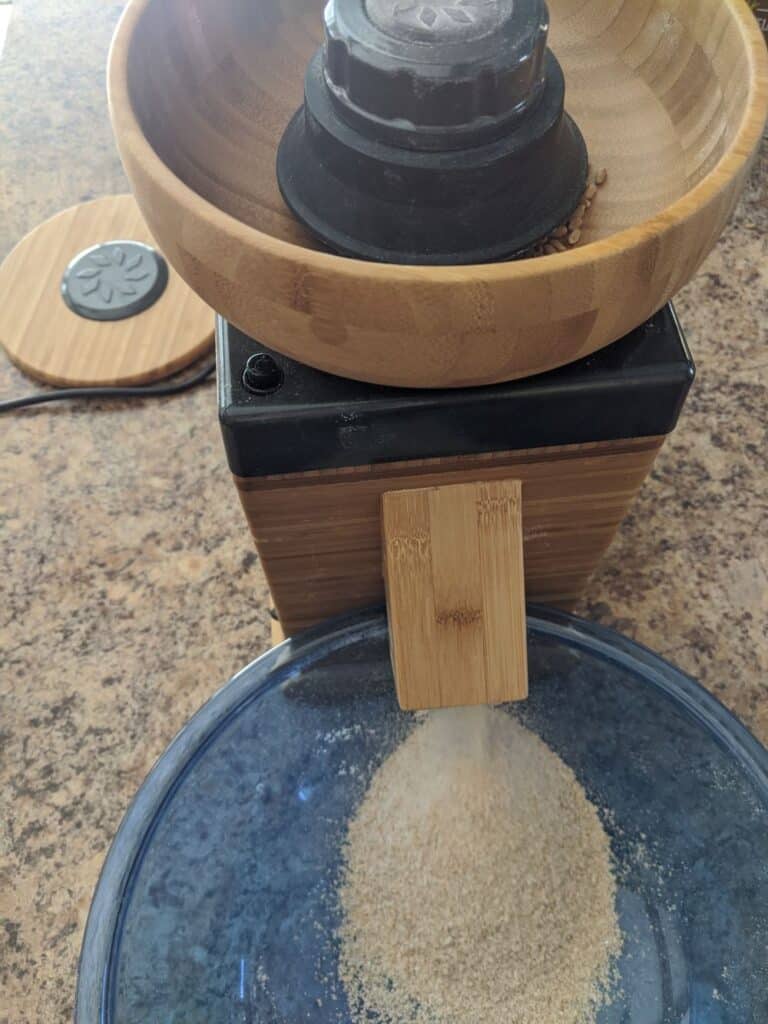
How to use alternative grains
Like all grains, alternative grains can be used in a variety of ways.
- Alternative grains can be cooked as a whole grain and used like rice or in side dishes
- They can be milled into flour
- Some alternative grains (like amaranth and quinoa) can be popped for a fun and unique snack
- They can be cooked and eaten like oatmeal
- Cooked grains can be a fun and tasty salad or soup topping
There are really endless creative, yummy ways to incorporate healthy alternative grains into your diet.
What are alternative grains?
Essentially, alternative grains are non-wheat grains, legumes and seeds that can replace traditional grains like wheat. Alternative grains can be a great way to eat gluten free, get variety in your diet, and just enjoy the robust flavor of interesting grains.
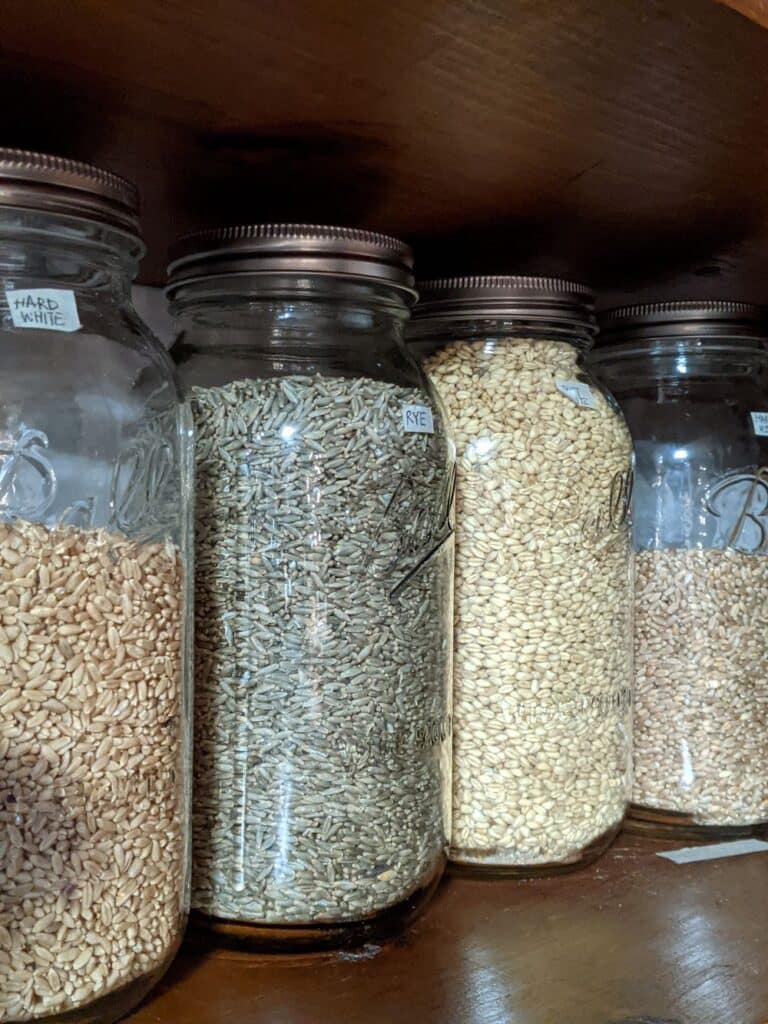
Which alternative grains should I use?
There are so many options for gluten free and alternative grains that it can be hard to choose which ones to use. Let’s go over the most common options and what they’re best used for.
- Chickpeas–One of my favorite uses for chickpea flour is an alternative to cornstarch. Chickpea flour is a great thickener, but it’s also a great option for making homemade pasta and baked goods. Also known as garbanzo beans, chickpeas are completely gluten free. Shop chickpeas.
- Oats–Naturally gluten free, oats are a great option for flour that behaves similarly to wheat flour. In my experience, oat flour makes the best gluten free cookies with a nice chewy texture.
- Buckwheat–Strong-flavored and great for pancakes, crepes, and other baked goods, buckwheat flour is great pared with flavors of cocoa, maple, or fruit. Buckwheat is a gluten free seed. Shop wholegrain oats.
- Sorghum–With it’s natural molasses-y flavor, sorghum flour is amazing for homemade graham crackers, molasses cookies, or gingersnaps! Sorghum is gluten free. Find organic grain sorghum.
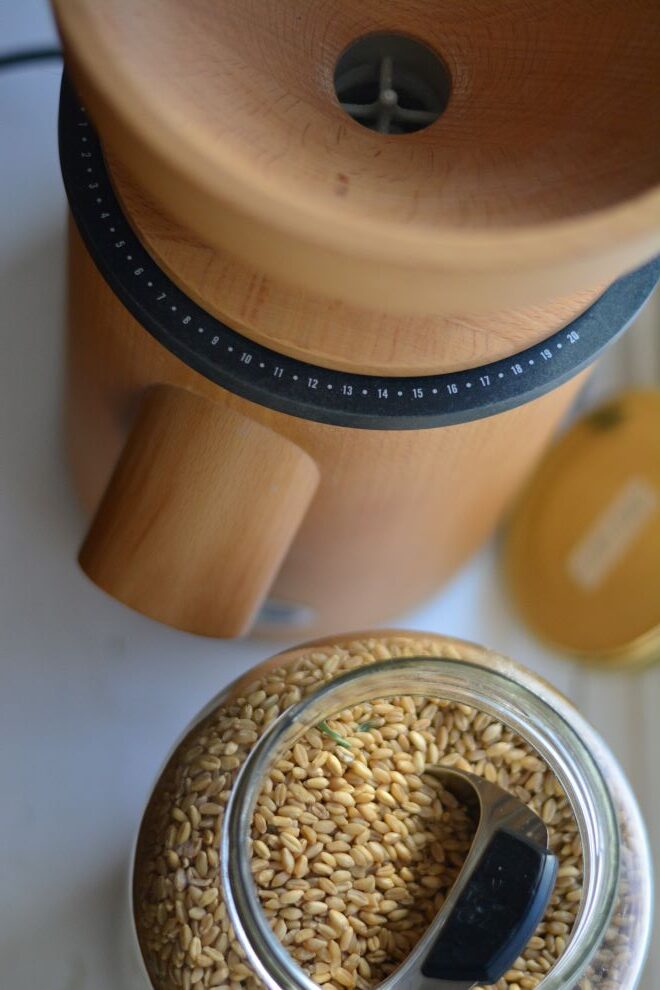
- Amaranth–Fun to pop but also great as a flour, gluten free amaranth is usually best mixed with other flours in baked goods due to it’s dense texture. Purchase amaranth here.
- Rice–Rice flour is great for dusting bannetons, although its gummy texture makes it better suited for mixing with other alternative grains in baked goods. Rice flour absorbs lots of moisture. All types of rice are naturally gluten free. Find my favorite organic rice here.
- Quinoa–Like buckwheat, quinoa is a very strong-flavored, gluten free grain, especially in flour form. It’s best used with chocolate or other strong flavors that will somewhat “hide” the quinoa flavor. Shop quinoa.
- Teff--Similar to quinoa, teff is a tiny grain with strong flavor. Teff flour is used to make a special Ethiopian flatbread but can also be used in other baked goods like muffins and pancakes. Teff is gluten free. Find teff here.
How to make gluten free flour at home
This gluten-free blend offers enough structure for most baked goods while remaining rather neutral in flavor. Replacing the oat flour with rice flour is also a great, mild-flavored option but will change how the flour hydrates. (You may need to add more moisture in your recipe.) Also keep in mind oats must be sourced carefully to make sure they’re gluten free as oats themselves are gluten free naturally, but they’re very often processed with other grains, leaving them contaminated.
This is my go-to recipe for homemade gluten-free flour:
- 1 part chickpea flour
- 1 part oat flour
Use this blend in recipes as normal, to replace either wheat flour or store bought gluten-free flour. My favorite way to make oat flour is to mill oat groats through my grain mill, but blending rolled oats is a great option too.
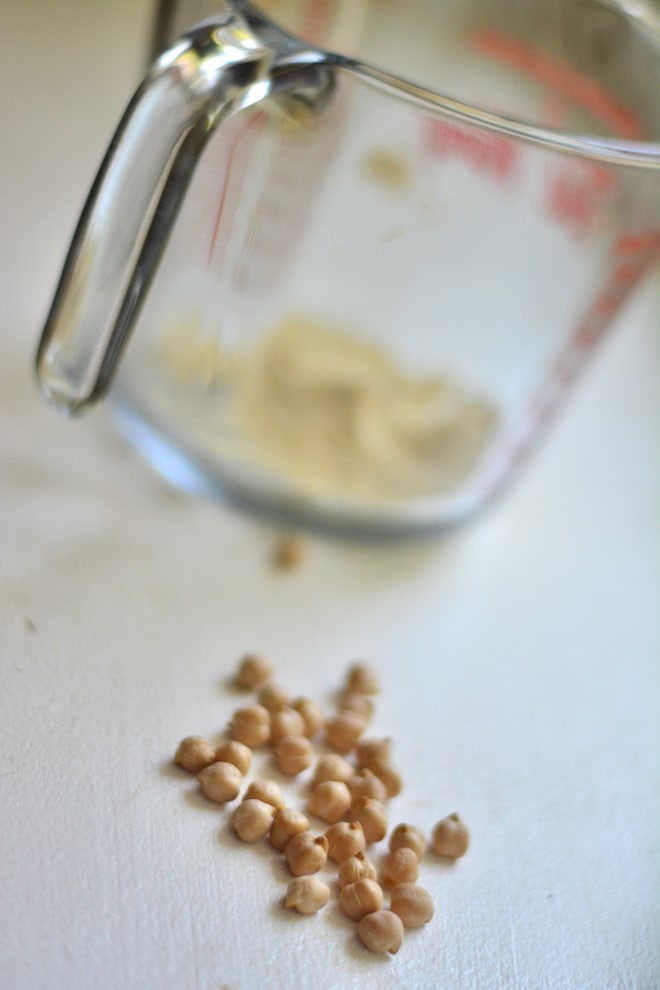
Need a grain mill?
These are the 4 I recommend:
- The Classic Nutrimill does a great job, at a low price point. (Use code “SOULYRESTED”)
- The Impact Nutrimill has the lowest price point of any grain mill on the market (code “SOULYRESTED”)
- The Nutrimill Harvest Mill wins for most beautiful to sit on your counter. (Use code “SOULYRESTED”)
- And the Mockmill is a beautiful workhorse that wins for best engineered, best at milling alternative grains, and finest flour, but it also sits at the highest price point.
More about alternative grains:
- Wheat berries: everything you need to know
- The ultimate guide to choosing a grain mill
- Why I started milling my own flour
- Tips for using fresh milled flour (with Lisa Bass)
- How to use a grain mill
Pin this for later!
Click on the image below to pin this post.
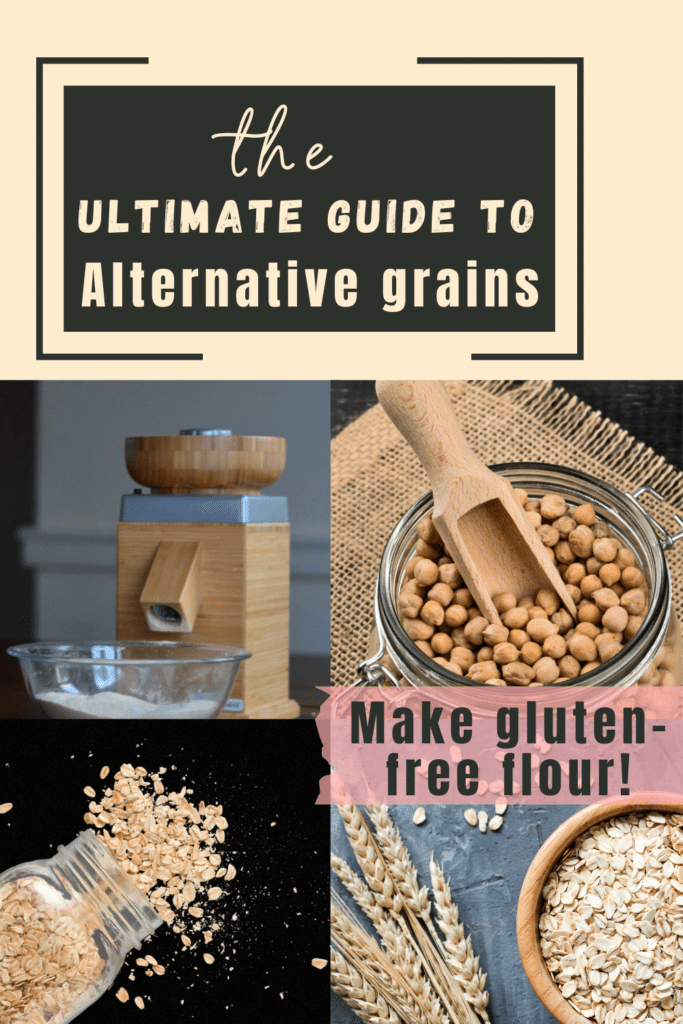

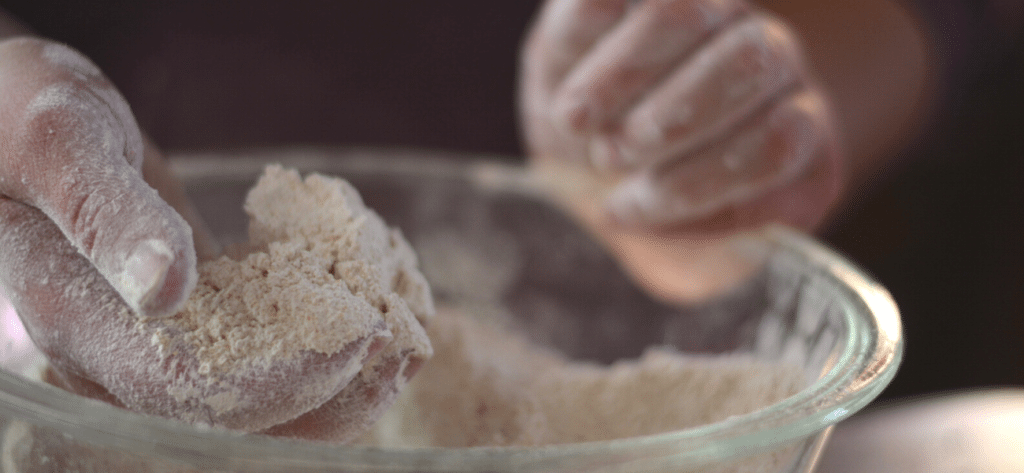


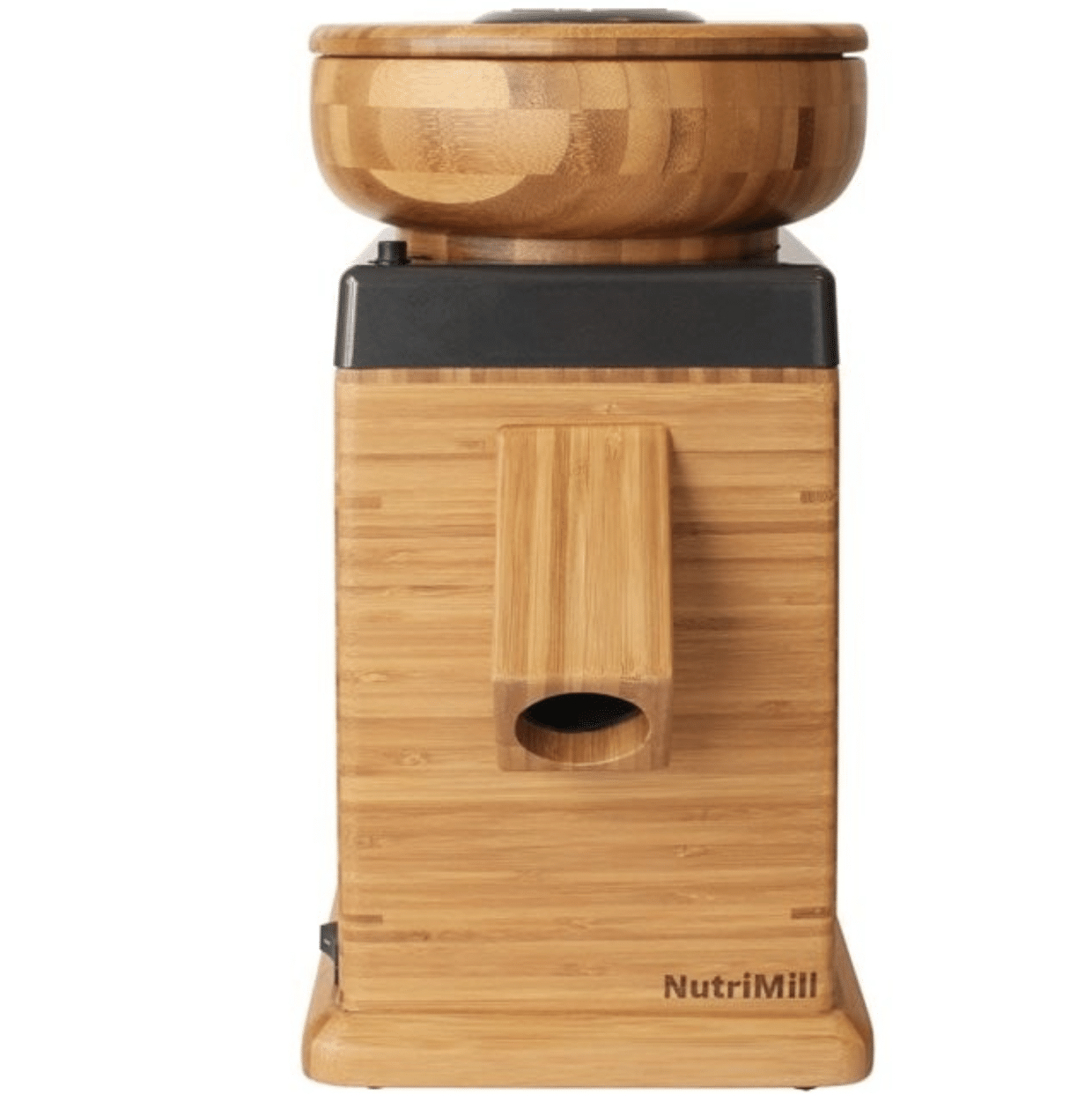

I am so thankful and grateful for all this knowledge.
I am going to purchase a grain mill.
I want to mill the soft wheat berries to have flour to make pie crust and homemade biscuits.
I also want to learn about how to mill different wheat berries for other recipes.
I got interested by watching Becky and Josh on Acre Homestead on YouTube.
They are. Absolutely Amazing!
Thank You! For this channel.
I am so excited about all this new discovery.
Susan